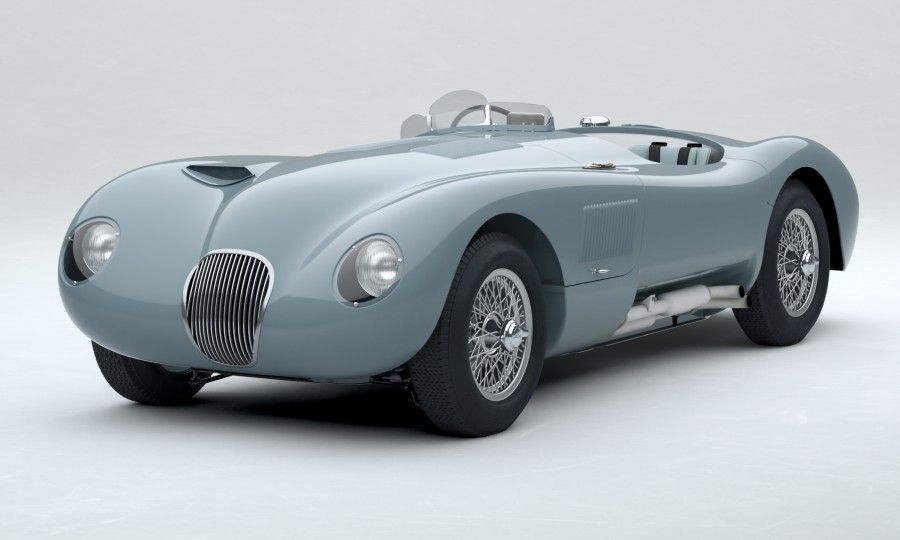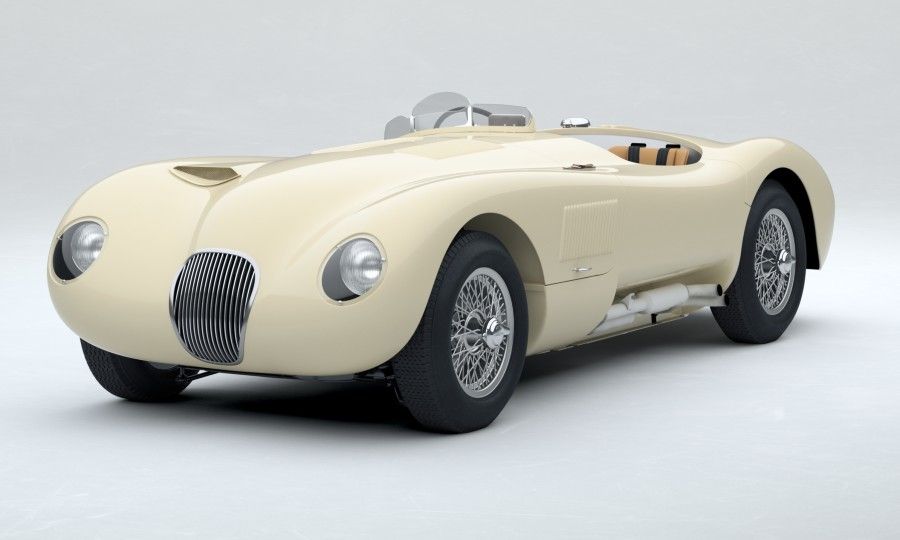In 2019, Porsche brought back a single 993 -- some would say "continued" it -- to help launch a new series of Porsche 911 Turbos. The original 993 line was discontinued in 1998.
A continuation car is a vehicle discontinued from production and then produced anew by the original automaker, usually in extremely small amounts.
Continuation cars are neither restorations nor replicas; they are built new following the original standards and engineering plan, but some examples do contain modern components.
As for numbering, the real key when it comes to valuing such rarefied machines, each C-type continuation will receive an entirely new chassis number and unique characters to show that it was built in 2021, rather than follow the vintage sequence.
'Not wildly lucrative'
The success of the continuation as a business model remains uncontested, though Jaguar and Aston Martin both consistently decline to specify revenue or profit margins.
At the time of the D-Type launch, Tim Hannig, the director of Jaguar Land Rover Classic, said the continuations are not wildly lucrative but "do make the company money."
Virtually each continuation series offered from Aston Martin and Jaguar has sold out before its official announcement, even when pricing can range from the high six figures to more than $2 million.
The consensus among collectors of the originals seems to be that continuation pieces do not nudge their value one way or the other. Jaguar has earned a reputation for making careful, exact continuations in extremely low batches, which helps preserve the value of the originals.
Of the 53 Jaguar C-type sports cars built in the 1950s, 43 were sold to private owners.
"There was a lot of concern when we did the first lightweight E-Type [in 2014]--that it might deteriorate values--but the other way around happened," Hannig said. "Suddenly, people were talking about these cars. It promoted the car in its own right. It allows us in a different way to communicate about the past and show what we have as heritage."













































